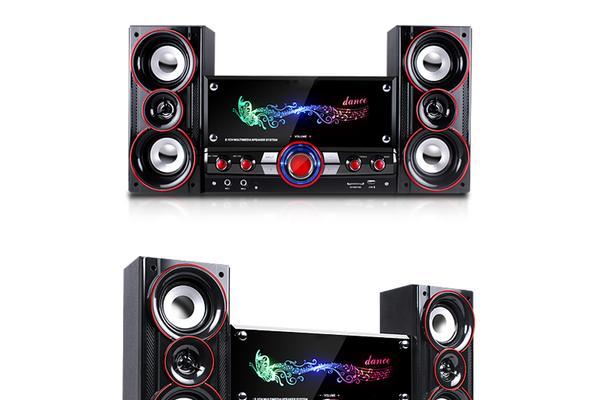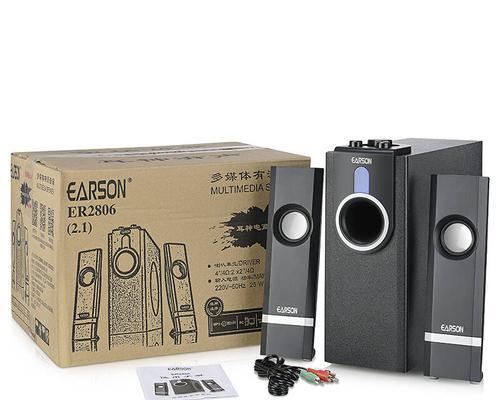Home >Mobile Tutorial >Android Phone >Laptop Audio Repair Guide (Tips and Steps to Quickly Solve Laptop Audio Problems)
Laptop Audio Repair Guide (Tips and Steps to Quickly Solve Laptop Audio Problems)
- WBOYWBOYWBOYWBOYWBOYWBOYWBOYWBOYWBOYWBOYWBOYWBOYWBOriginal
- 2024-07-22 02:18:40382browse
Laptop speakers are an indispensable and important device for our daily use of laptops. However, due to various reasons, they may have some problems, such as silence, noise, low quality, etc. This article will provide you with some tips and steps to solve laptop audio problems and help you fix them quickly.



Check if there are any audio driver errors through Device Manager. If so, update the latest driver version in time.
4. Restart the audio service
Open the "Services" option, find and restart the "Windows Audio" or "Windows Audio Endpoint Generator" service to solve the problem of silent speakers.
5. Check the audio device settings
In the control panel, open the "Sound" option and confirm whether the default settings of the audio device are correct. If you need to change them, please follow the prompts.
6. Check software settings
Some audio software may affect the normal operation of the laptop speakers. Check and adjust the settings of the relevant software to ensure that it is compatible with the speakers.
7. Clean the audio equipment
Gently wipe the surface of the audio equipment with a clean cloth to ensure that it is free of dust, oil and other impurities to ensure clear and stable sound quality.
8. Use other audio devices to test
Plug the laptop speaker into other audio devices, such as mobile phones or MP3 players, and test whether it works normally to determine whether the problem lies with the speaker itself.
9. Check the system settings
Open "Sound" in the control panel and ensure that the default playback device is selected correctly and is not muted.
10. Solve the noise problem
If there is noise in the laptop audio, it may be due to poor contact of the power cord or signal cable. Re-plug and unplug to check whether the connection is stable.
11. Upgrade the audio driver
Go to the official website of the audio manufacturer, download and install the latest driver to solve the problem of poor sound quality.
12. Check the power supply problem
If the speaker cannot be turned on or works unstable, it may be due to a power supply problem. Check whether the power cord is inserted firmly and try to replace the power adapter.
13. Adjust the position of the speaker
Adjust the position of the speaker to avoid being too close to other electromagnetic devices to reduce interference and noise.
14. Reset Laptop
Restart the laptop and try to reset the system settings to solve the audio problem.
15. Seek professional help
If none of the above methods can solve the problem, it is recommended to contact professional technicians or send it to a service center for further inspection and repair.
Most laptop audio problems can be solved by checking them step by step and trying different solutions. If the problem persists, don't hesitate to seek professional help to ensure that the speaker is working properly and will bring better results to your experience.
The above is the detailed content of Laptop Audio Repair Guide (Tips and Steps to Quickly Solve Laptop Audio Problems). For more information, please follow other related articles on the PHP Chinese website!
Statement:
The content of this article is voluntarily contributed by netizens, and the copyright belongs to the original author. This site does not assume corresponding legal responsibility. If you find any content suspected of plagiarism or infringement, please contact admin@php.cn
Previous article:Reasons and solutions for why the mobile phone cannot connect to the computer (Exploring the root cause of the connection problem between the mobile phone and the computer)Next article:Reasons and solutions for why the mobile phone cannot connect to the computer (Exploring the root cause of the connection problem between the mobile phone and the computer)
Related articles
See more- Video editing tutorial with Screen Recorder_Introduction to Video Editing Master
- How to check the income of Alipay Yu'E Bao?
- How to solve the problem that the font size of Baidu Tieba Android version is too small and enable night mode
- Does Yidui Android version support incognito setting_How to set incognito status
- One-click screenshot tutorial: How to take screenshots of Honor Magic5Pro

